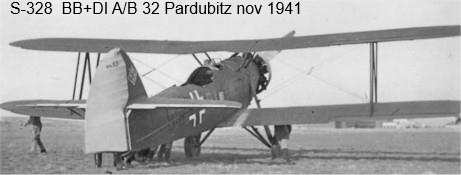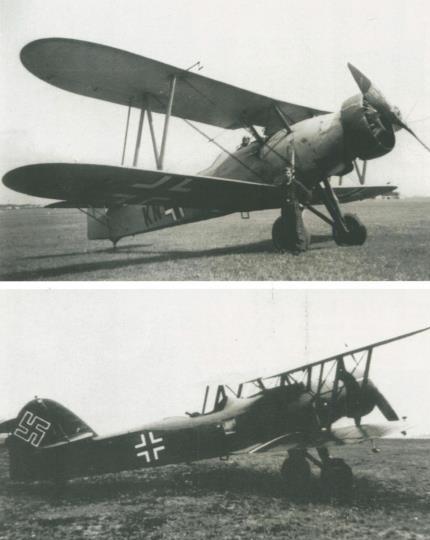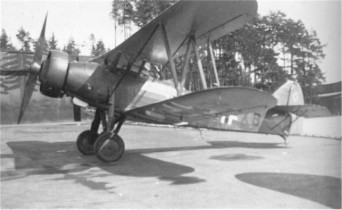

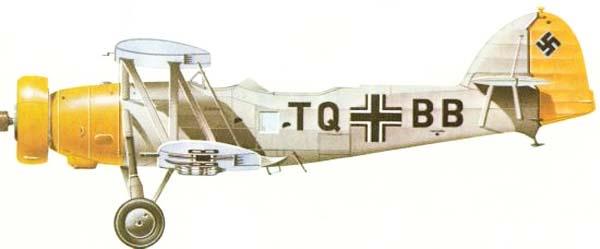
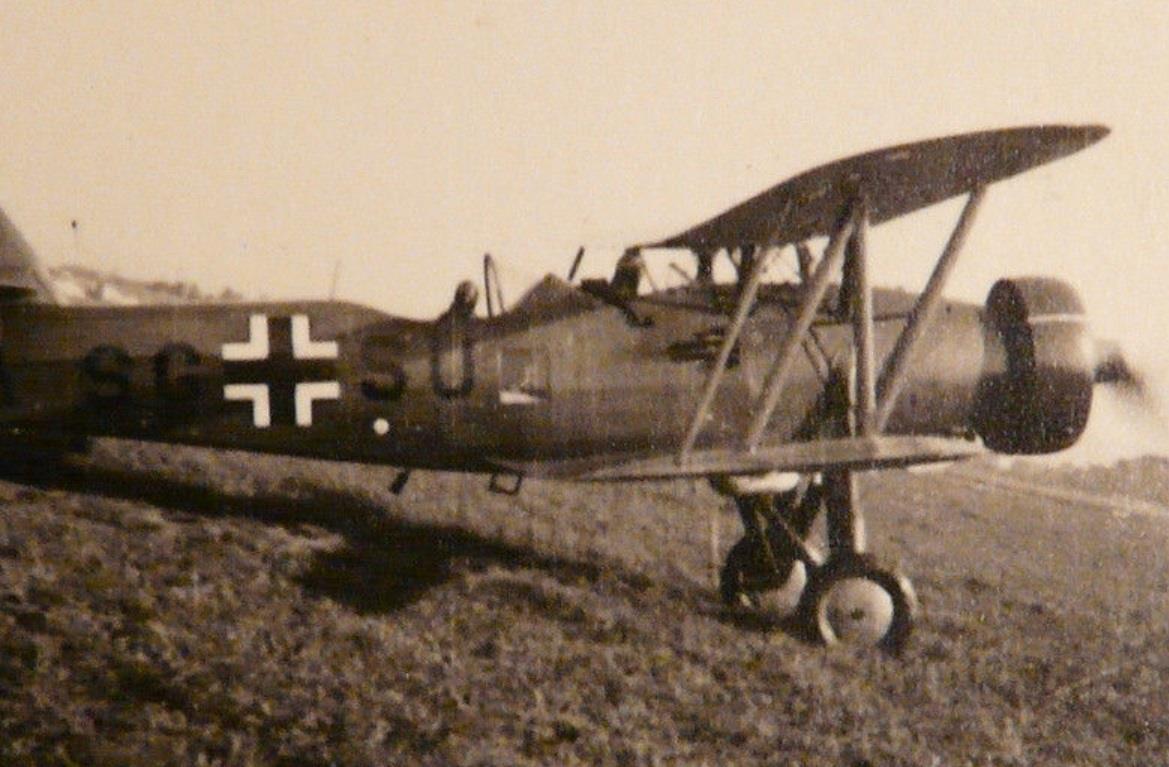
| Type | 2-seat trainer and light attack bomber |
| Engine | 1 Walter-built Bristol Pegasus II.M-2 |
| Dimensions | Length 10,34 m , height 3,38 m , span 13,69 m , wing area 39,4 m2 (upper 20,4 lower 19) , |
| Weights | Empty 1680 kg, loaded 2750 kg, max. take off weight |
| Performance | Max.. speed 280 km/h at sea level, 328 km/h at 2000 m, cruising speed 250 km/h , range 1280 km, endurance , service ceiling 7200 m , climb |
| Armament | 2 fixed forward-firing 7.92 mm machine gun vz.30 in lower wing (400 rpg) 2 7.92 mm machine gun in flexible mount in rear cockpit (420 rpg in 6 drums) 500 kg of bombs. 5 100 kg bombs (4 in pairs under the wing, 1 under the fuselage). Usually 6 x 20 kg bombs under wing and 2 x 50 kg under the fuselage. |
